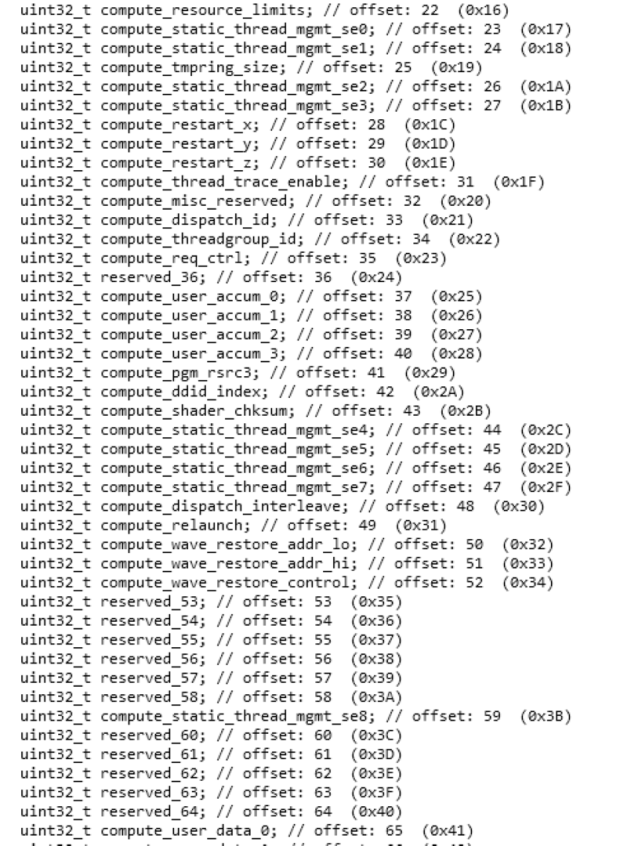AMD is reportedly not going to have any high-end RDNA 4-based Radeon RX 8000 series GPUs when they launch later this year, with news that the high-end Navi 4X GPU coming out recently… and it would’ve been great to see: with 50% more shader engines than the Navi 31 GPU inside of the Radeon RX 7900 XTX.

VIEW GALLERY – 3 IMAGES
In some new patches for AMD’s GFX12, leaker “Kepler_L2” spotted some of the upgrades we are missing out on with the flagship RDNA 4-based Navi 4X GPU, which would’ve been the successor to the Navi 31 GPU that powers the fastest Radeon GPU for gamers: the Radeon RX 7900 XTX.
In the patches, Kepler_L2 noticed that the GFX12 family is the codename for the RDNA 4 GPU family. The flagship Navi 4X or Navi 4C SKUs reportedly would’ve featured 9 Shader Engines, which would’ve been a 50% increase over the Navi 31 GPU, which features 6 Shader Engines.
AMD made two split configurations for its RDNA 3 family: Navi 31 had 16 Compute Units (Dual Compute Units per WGP) per Shader Engine, for a total of 96 Compute Units. Navi 32, on the other hand, had 20 Compute Units (Dual Compute Units per WGP) per Shader Engine, for a total of 64 Compute Units.
If AMD continued with the same Shader Engine configuration as Navi 31 and Navi 32, this means we would’ve seen Navi 41 with 9 Shader Engines, 20 Compute Units, and 180 CUs in total. Alternatively, Navi 41 could’ve had 9 Shader Engines, 16 Compute Units, and 144 CUs in total.
We could’ve also had an even bigger beast, with rumors that Navi 41 could’ve been made with 9 Shader Engines, 24 Compute Units, and a delicious 216+ CUs that would’ve made for a high-end GeForce RTX GPU competitor. Disappointing, to say the least.

Now we have to wait until RDNA 5 to see if AMD can compete in the high-end gaming GPU market, where NVIDIA has dominated with its GeForce RTX 4090… let alone its next-gen Blackwell-based GeForce RTX 5090 and RTX 5080 cards that will be released later this year. AMD will have to pull a rabbit out of its hat with RDNA 5 to leap frog NVIDIA, but it’s been doing so well in the CPU and APU market against Intel that it seems to be de-focusing itself away from high-end gaming GPUs.
Maybe we’re seeing AMD at its limits: they can only get TSMC to fab so much for them. Ryzen CPUs, Ryzen APUs, EPYC CPUs, Instinct AI accelerators, Radeon GPUs, semi-custom chips for the PlayStation 5, soon-to-be-released PlayStation 5 Pro, Xbox Series X/S chips, and more. Having to make ENOUGH of the next-gen RDNA 4-based Radeon RX 8000 series GPUs would be har